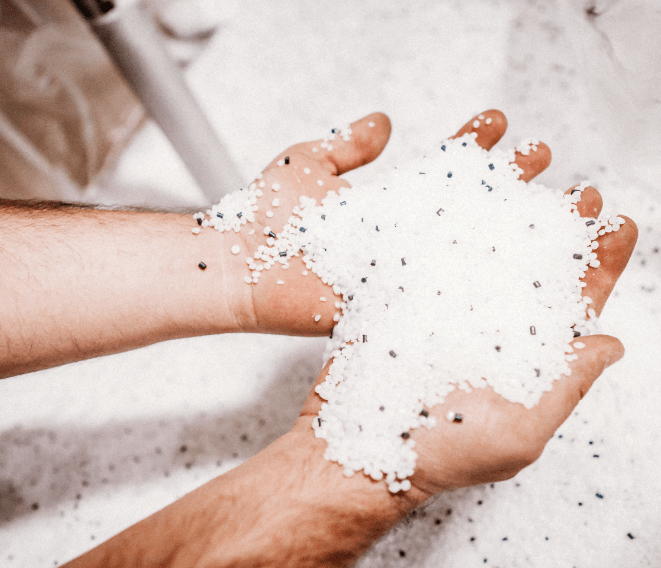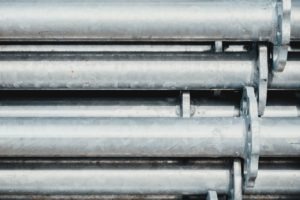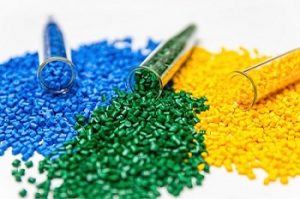Injection molding is one of the most popular strategies manufacturers use to mass-produce parts or products in a consistent and quality-controlled fashion for various industries.
Simply put, the process involves injecting molten, liquidized materials into a pre-designed mold and letting it cool into a hardened, stable form that matches an exact design template. Depending on your requirements, these hardened materials are removed from the molds and result in components or entire assemblies.
Many industries and sectors benefit from this practice and use it to manufacture parts for their own use or resale to clients. From plastic to metal manufacturers and beyond, injection molding can take many forms.
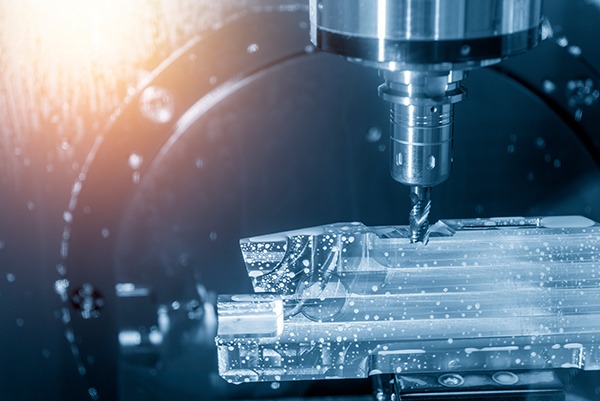
Five most popular injection molding applications:
Aerospace
The aerospace industry makes generous use of injection molding. Aerospace engineers rely on plastic injection molding to mass produce turbine blades, housings, chassis components, bezels, lenses, and more. Aerospace injection molding is pivotal partly because it allows the precise replication of specific designs, quick turnaround times, high durability, and reduced weight. Since aerospace is an industry where maximum precision is essential in every aspect to ensure safety and compliance, the replication possibilities offered by injection molding are valuable for ensuring that specific measurements and specifications can be achieved consistently. These benefits apply to commercial airlines and their vehicles while underlining the value of injection molding for defense purposes.
Automotive
Like aerospace, automotive injection molding is used to craft many plastic parts and components in most vehicles. Automotive manufacturers utilize injection-molded parts on their vehicles’ exterior (bumpers) and interior (dashboards, cup holders, etc.). Again, the benefit of mass-produced parts with reliable precision, various materials, exceptional durability, and reduced weight compared to metals means injection molding will likely remain part of the automotive industry for years to come.
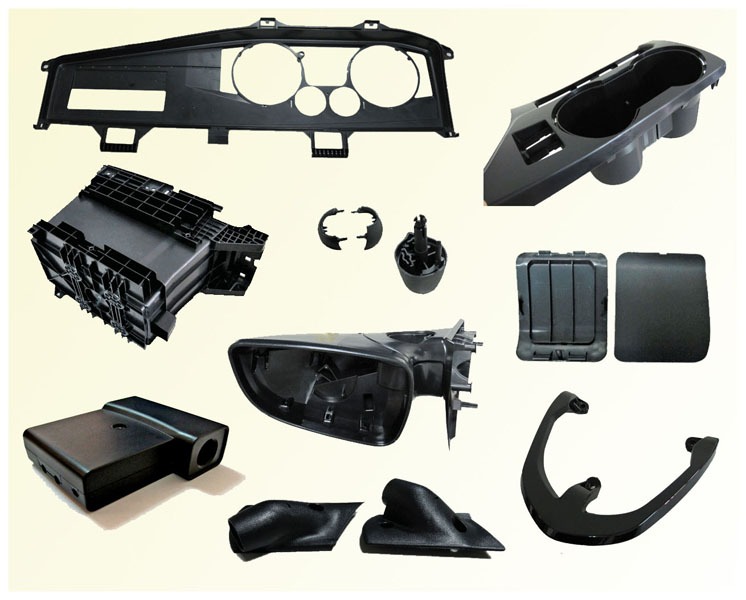
Consumer Products
Plastic manufacturers use injection molding to craft a vast array of consumer products that most people use daily. Water bottles and other drinkware; toolboxes or tackle boxes; plastic trays; DVD cases; children’s toys — the list goes on and on and includes countless other common products. You could walk through your home right now and likely find that most of the plastics you see come from injection molds.
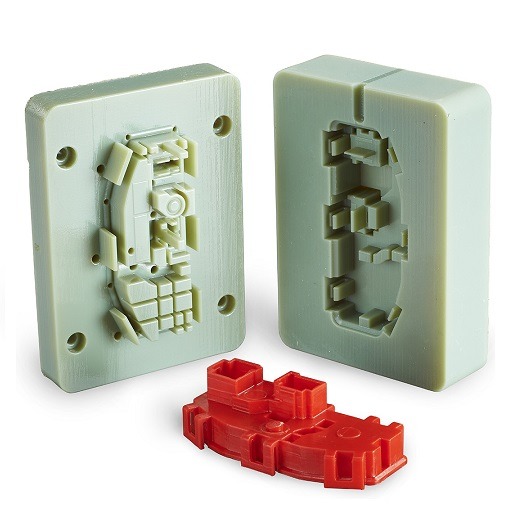
Defense
Injection molding for defense extends beyond aerospace injection molding (though aerospace engineering is undoubtedly part of the defense equation), including plastic components for wheeled or tracked combat vehicles, headsets and other communications devices, weapons, canteens, scopes, flashlights, and much more. Without injection molding, the production of defense-based equipment would prove significantly more challenging, and the entire process would be much slower.

Housings for Technology
In addition to meeting the needs of these specific industries, plastic injection molding is also extremely common in the manufacturing of housings (essentially plastic shells) for different devices, tools, or other plastic products. From phones to television remotes to car keys, countless plastic products on the market include a custom-designed housing that holds together all the interior components of the device or product. Often, these housings must consist of specific openings or cutouts for buttons, charge points, headphone jacks, screens, or other components of the device. Injection molding allows the housings to be manufactured with these openings in the same spots on every product.
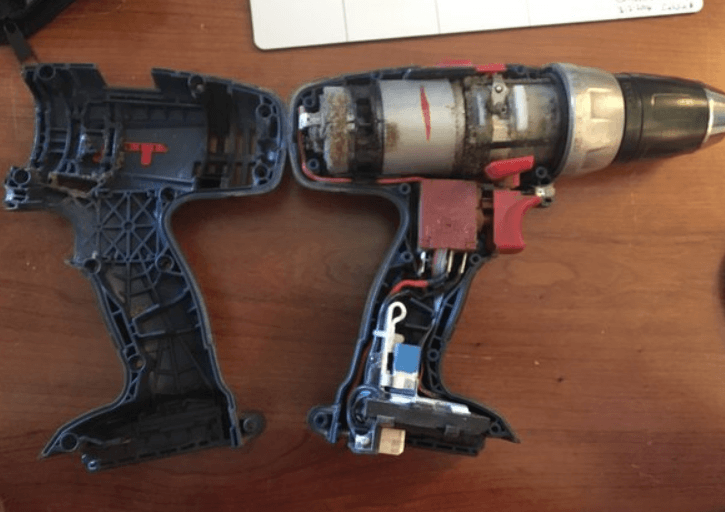
These five applications don’t encompass the full reach of injection molding or its influence on our daily lives. Commercial and industrial injection molding are huge industries that affect the manufacturing of countless products or parts, and should these industries halt, you would likely notice it worldwide within days. In most cases, injection molding was probably involved at some point in the process if a product uses hard plastic.
Contact Reliant Worldwide Plastics for Injection Molding
If you need injection molding, whether for small- or large-scale operations, you should find a team that can facilitate every part of the process. At Reliant Plastics Worldwide, we assist you from start to finish in the following ways:
- Design: Arguably, the most critical part of the process is getting the designs right. If you have your designs ready to go, we can start prototyping immediately. Alternatively, we can review the designs for you to make sure everything looks good. We can also assist you with ground-up designs if you have an idea but lack the expertise to bring that idea into 3D software for injection molding.
- Prototype: Once you’re happy with the designs, we start prototyping. In our prototyping phase, we create small batches to see if the designs translate correctly from digital to physical. Should the prototypes work as intended, we move directly to manufacturing runs.
- Manufacture: We can assist with minor- or large-scale manufacturing runs depending on your requirements. You can expect quick turnaround times and high-quality products.
If you’re ready to begin your injection molding journey, request a quote from our team to get started.

